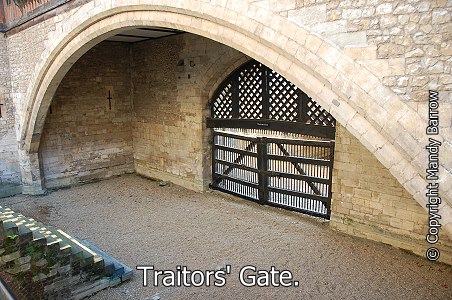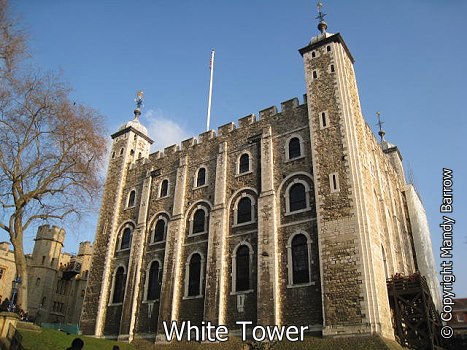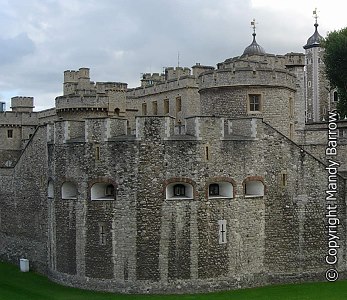|
Tower of London
|
||||||||||||||||||
|
How old is the Tower of London? For over 900 years, the Tower of London has been standing guard over the capital. The Tower of London was originally built by William the Conqueror, following his successful invasion of England in 1066. What are the different roles the Tower of London has played in British History? As a Royal Palace, fortress, prison, place of execution, arsenal, Royal Mint, Royal Zoo and jewel house, it has witnessed many great events in British history.
The Tower of London is perhaps better known as a prison. The prisoners would be brought, via the river, from Westminster where they would have been tried and crowds would wait on the river bank to find out the verdict to see if they would be treated to the spectacle of a public execution. The executioner, with his long sharp axe would stand behind the accused on the boat. If the accused was guilty he would point his axe towards the victim and if not guilty he would point it away. People knew that if found guilty there would be a public execution 48 hours later.
The Yeomen Warders originate from twelve Yeoman of the Guards, who were once private bodyguards of Henry VIII. The Yeomen Warders job title is "Yeoman Warder of Her Majesty's Royal Palace and Fortress the Tower of London, and Members of the Sovereign's Body Guard of the Yeoman Guard Extraordinary".
Tower Prisoners Many people have been locked in the Tower, for religious beliefs or suspected treason. Famous prisoners have included Anne Boleyn, Sir Walter Raleigh and Elizabeth I. Many Tudor's prisoners entered the Tower of London through the Traitors' Gate.
Elizabeth I was held prisoner in the Tower for two months by the order of her half sister, Queen Mary. Mary felt that her throne was being threatened by Elizabeth, so she imprisoned her in the Tower The White Tower In the centre of the Tower of London is the famous White Tower. It is the oldest part of the fortress and was built on the site of the Norman Keep built by William the Conqueror.
The Tower, or Bloody Tower as it is known, has been host to many famous executions and imprisonments, including those of Anne Boleyn, Catherine Howard, Lady Jane Grey and Sir Walter Raleigh.
What can be seen at the Tower of London today? Today the Tower of London houses the Crown Jewels and is open to the public as a museum.
Ravens have lived at the Tower of London for hundreds of years. Legend has it that if the ravens ever leave the Tower of London the White Tower will crumble and a great disaster shall befall England. Find out more about the Yeoman of the Guard, Yeoman Warders and Beefeaters. Where next? You could cross the river over Tower Bridge and walk along the south bank passed City Hall. On the south bank of the river Thames you will see among other things the Golden Hinde and Shakespeare Globe. Further up the river is the The London Eye. Back to Buildings and landmarks of London |
||||||||||||||||||
|
© Copyright Mandy Barrow 2013
Mandy is the creator of the Woodlands Resources section of the Woodlands Junior website.
The two websites projectbritain.com and primaryhomeworkhelp.co.uk are the new homes for the Woodlands Resources.
Mandy left Woodlands in 2003 to work in Kent schools as an ICT Consulatant.
She now teaches computers at The Granville School and St. John's Primary School in Sevenoaks Kent.



 The responsibility for looking after the prisoners was given to the Yeomen Warders or Beefeaters (These guards, although looking very similar, are different from the Yeomen of the Guard).
The responsibility for looking after the prisoners was given to the Yeomen Warders or Beefeaters (These guards, although looking very similar, are different from the Yeomen of the Guard).




 ©
© 
